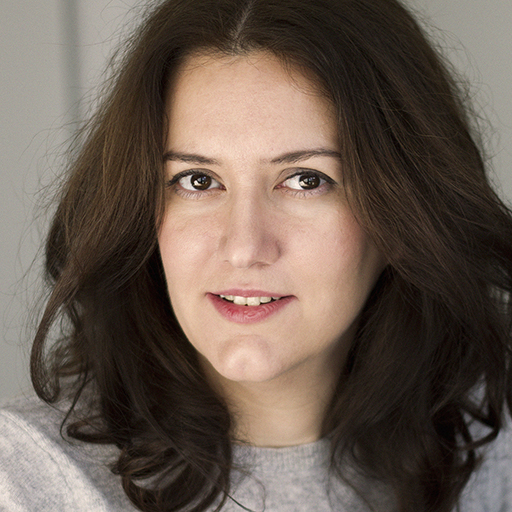A leap, a splash, a walk
 HERE & NOW: Edition 5
HERE & NOW: Edition 5  Aleksandra141/200
Aleksandra141/200
This token was created for THE PASSAGE: Pitch Drop experience, an interactive minting experience where your choices determine the design of your token.
To take part, please purchase an Edition 5 Coin on fx(hash) by HERE & NOW. The artwork and experience draw inspiration from the 'The Pitch Drop Experiment': the world's longest-running laboratory experiment. Since 1927, only nine drops of pitch have fallen, and it has never been witnessed live.
____
While we wait for the 10th drop of pitch to fall in the famous Pitch Drop experiment, I couldn’t avoid thinking about time and change, capturing and preserving a moment of time, the history of art and science, and how we participate in the manipulation of the time itself.
The history of new media art is deeply linked to technical developments in photography and its creative applications. With still and moving images, artists were introduced to a new way of visualizing time. Through the use of time lapses, long exposures, slowing down, and fast forwarding, time was manipulated, captured, rearranged, and modified in numerous ways.
The French philosopher Henri Bergson believed that reality was in flux and that "the essence of time is that it goes by." His thoughts about time and metaphysics had a significant impact on artists working in all media at the turn of the 20th century. Although he believed in pure perception unaided by machines, and looked down on the introduction of technology into the arts, for artists, who had always been fascinated with the body in space and time, he became their muse. Even before the widespread adoption of technological advances in artistic practices, painters were incorporating aspects of "movement of time" into their works (e.g., futurists, Giacomo Balla, but also Marcel Duchamp ).
Another influential figure for artists was Eadweard Muybridge. In 1878 he photographed a racehorse at full speed, becoming the first to capture what looked like the actual, discrete sequence of motion. After devising the system of several cameras (12 for the first sequence he made), set in a row and arranged to go off in a sequence (with shutters released by pulled strings), he became fascinated with “secrets of time, secrets locked inside basic human movements – a leap, a splash, a walk […]”*.
All of this inspired me to create and capture algorithmically generated shapes, and record their subtle changes through time and space in the style of vintage scientific illustrations, film strips, long-exposure photos, and comic book panels. Each frame inside this view is one fraction of a second later than the previous one, and the whole frame view is slightly shifted. Your actions inside of the Passage will influence everything, from the number of rows and columns inside of the grid to the color palettes, shapes, and sizes of the objects.
_____
* Jad Abumrad (host) & Rebecca Solnet (author) say this when they talk about Muybridge in the episode Time, on the Radiolab podcast, aired Aug 24, 2010 (https://radiolab.org/episodes/91584-time)